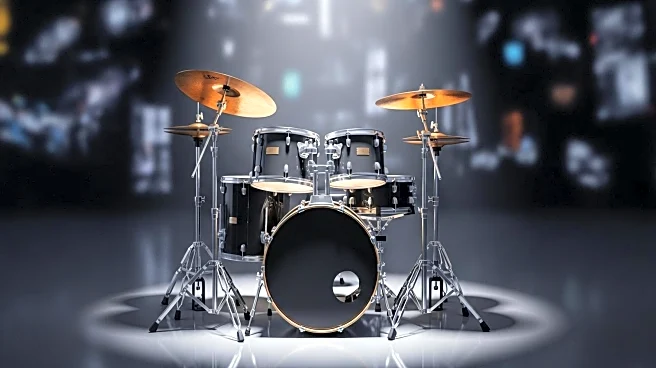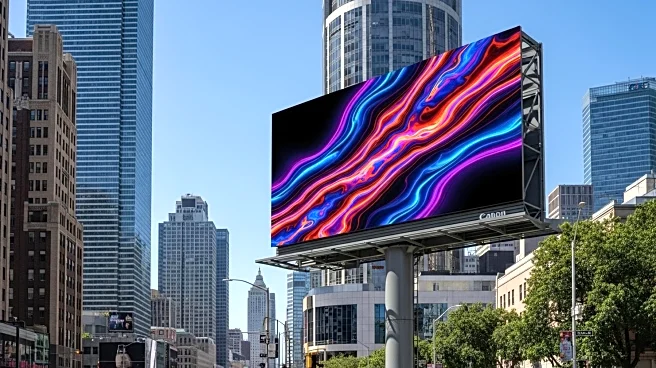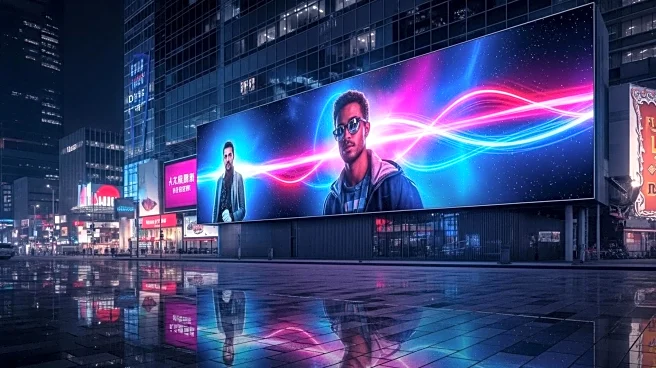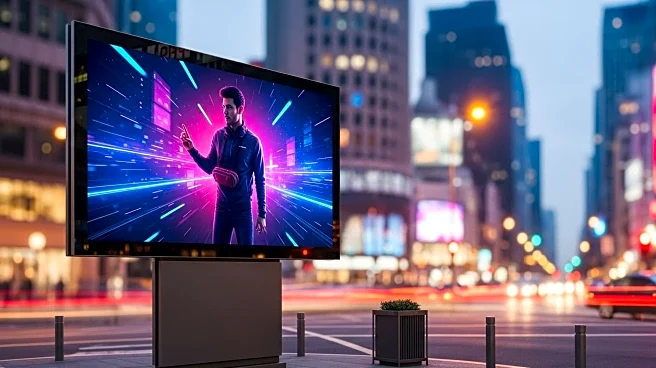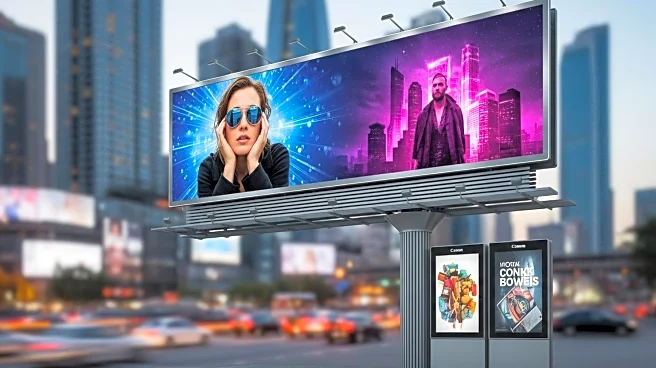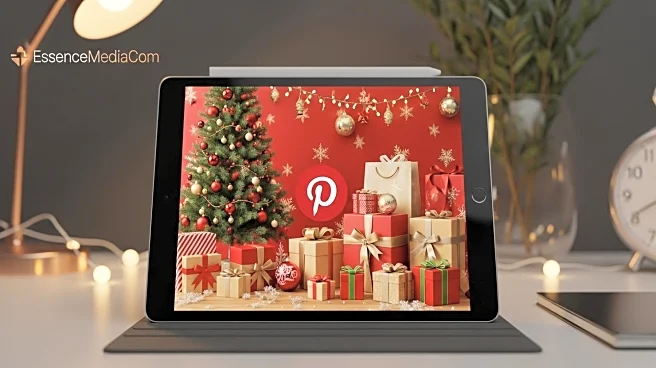What's Happening?
Georgia Hamp, a creative strategist at Grand Visual, part of Talon, emphasizes the importance of creativity and surprise in out-of-home (OOH) advertising. Hamp argues that in a world dominated by digital
screens, OOH advertising offers a refreshing alternative by engaging audiences in physical spaces. She highlights the need for ads to be both relevant and surprising to capture attention effectively. Examples include interactive billboards and creative stunts, such as Specsavers' 'crashed' van campaign, which humorously brought their tagline to life and went viral on social media. Hamp suggests that OOH advertising can create memorable moments that resonate with audiences, encouraging them to engage and share these experiences online.
Why It's Important?
The significance of Hamp's insights lies in the evolving landscape of advertising, where traditional methods are increasingly complemented by innovative approaches. OOH advertising, when executed creatively, can bridge the gap between digital and physical worlds, offering brands a unique opportunity to engage consumers in meaningful ways. This approach not only enhances brand visibility but also fosters consumer interaction and loyalty. As brands seek to differentiate themselves in a crowded market, the ability to create memorable and shareable experiences through OOH advertising can lead to increased brand recognition and consumer engagement, ultimately impacting sales and market presence.
What's Next?
The future of OOH advertising may see further integration of technology, such as QR codes and augmented reality, to enhance interactivity and personalization. Brands are likely to continue exploring creative strategies that leverage real-time data, such as weather or traffic conditions, to tailor messages to specific audiences. As the advertising industry evolves, stakeholders may focus on developing campaigns that not only capture attention but also encourage active participation from consumers. This could lead to collaborations between tech companies and advertisers to create more immersive and engaging experiences.
Beyond the Headlines
The shift towards dynamic OOH advertising raises ethical considerations regarding consumer privacy and data usage. As campaigns become more personalized, advertisers must navigate the balance between engagement and intrusion. Additionally, the cultural impact of OOH advertising, particularly in urban environments, may influence public spaces and community interactions. Long-term, the success of these campaigns could redefine advertising norms, encouraging brands to prioritize creativity and consumer-centric approaches.


